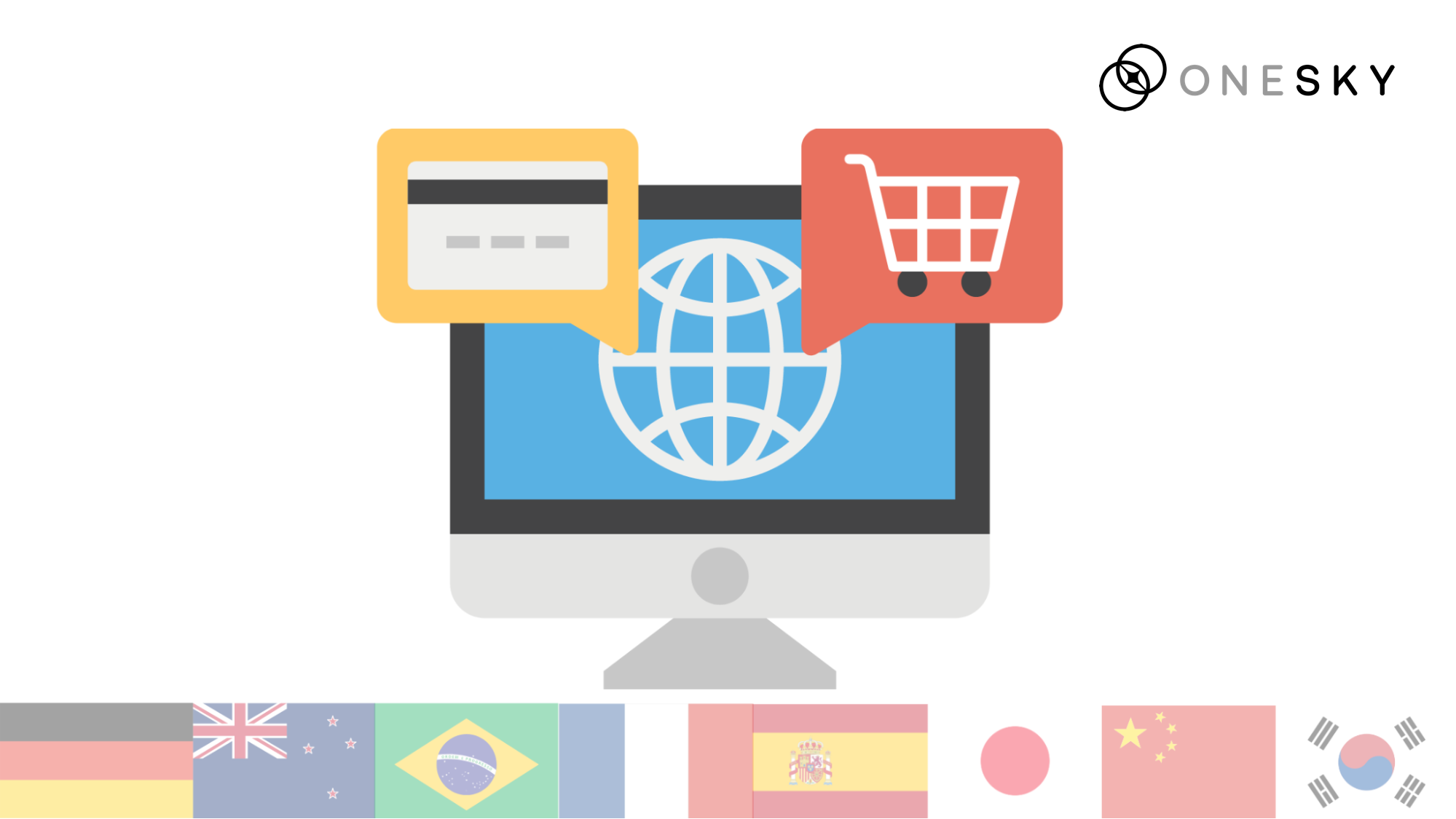What Are the Best Languages for Your App?
What Languages Should I Translate?
You have a great app and you know by localizing that app will boost revenue and bring your product to consumers around the world. But where should you target first and which language should you start with?
Those aren’t easy questions to answer. It’s been estimated that there are more than 120 languages in the world that have at least 10 million speakers. Among this enormous diversity, choosing the best languages in which to launch your globalized business is a major decision. Fortunately, there are a number of simple steps you can take in order to select the best new languages for your product.
Two Metrics to Determine Your Next Locale
In a recent talk at Startup Asia, Google’s Tuyen Nguyen made a strong case for the importance of localization. As part of her talk, Nguyen identified two criteria for choosing new languages for an app: which language is used the most on the web and which language has the highest potential revenue. Together, these two metrics indicate the profitability of a potential market. A widely used language implies a large market size, and the potential revenue of a particular language is an indicator for the profitability of that market.
Top languages used on the web
Internet World Stats tracks internet usage statistics all over the world. According to their latest report, from June 2010, the top ten languages used on the internet are (1) English (no surprise there), (2) Chinese, (3) Spanish, (4) Japanese, (5) Portuguese, (6) German, (7) Arabic, (8) French, (9) Russian, and (10) Korean. You can reach a massive user base just by getting your product translated into these ten languages.
Which language group has the highest potential revenue?
Note that the keyword in this question is potential. In other words, it’s not the actual revenue distribution that you’ve experienced in a given market that matters, but the projected demand for apps localized to that particular place. For instance, the BRICS countries (Brazil, Russia, India, China, and South Africa) certainly have high potential revenue. These countries have in common a rapidly growing middle class, skyrocketing numbers of mobile users, and a passion for trying out new apps. We have already reported on the tremendous rise of these countries in the mobile economy (focusing on Russia and China). Clearly, BRICS are big markets with big potential—definitely markets that you do not want to miss.
Smart Way to Guide your Global Quest #1: Geo-specific Traffic Data
Overall usage and potential revenue are great metrics, but you still need to figure out how to apply them to your particular app. Yes, the top languages used on the web should always be the highest priority, but they might not be 100% accurate for your business. Certain apps do better in certain places. And there are some great tools available to help you find the right markets for your app.
Traffic data offers an easy snapshot of which regions are most interested in your product. For web apps, it’s pretty easy to analyze the geographic location of your visitors through traffic data. Both Alexa and Google Analytics offer simple displays to help you get the data right. By checking the “Audience Geography” of the Alexa index or the “Demographics” section of Google Analytics, you can view the geographic distribution of your visitors with a single glance.
(Image: Alexa index)
(Image: Google Analytics)
Smart Way to Guide your Global Quest #2: Use Competitor Analysis Tool
Another approach to get which languages for translation is using competitor analysis. By tracking competitor’s effort in internalization, we can tackle markets that are less competitive among their competitors. For mobile developers, you may use Sensor Tower’s internationalization tool to compare your progress in internationalization with your competitors. You can also compare your global efforts with other apps to see if your move into a new market has been successful.
We also offer a free localization grader to help mobile and web developers to keep track with their competitors. The difference between our tool and that of Sensor tower is that we enable you to calculate the cost-effectiveness of localization for specific language. We also provide a potential user estimate for reference.
Last Takeaway: Leverage Your Translation by Making It into a Campaign
So, just to sum up: when it comes to choosing new languages for your app, you want to start with languages that are widely used on the internet; that are associated with growing markets, such as the BRICS countries; and that are used in regions that may have shown particular interest in the untranslated version of your product.
One last takeaway: whatever the languages you choose, keep in mind that translation can be a great opportunity to generate publicity in a new market. By turning your translation into a marketing campaign, you can gain media exposure and attract more potential users who will know about, and feel invested in, your business. Everland, with its marketing campaign #CrowdfundCanada, offers a great example of a company that turned a localization project into a full-blown community effort, with impressive results.
Do you have any idea about turning a translation project into a campaign? Have you gone through the process of choosing new markets for your globalized app? Feel free to let us know by commenting below! 🙂
Feature photo credit: Horia Varlan
Reference: InternetWorldStats


 Written by -
Written by - 




 Written by
Written by 


